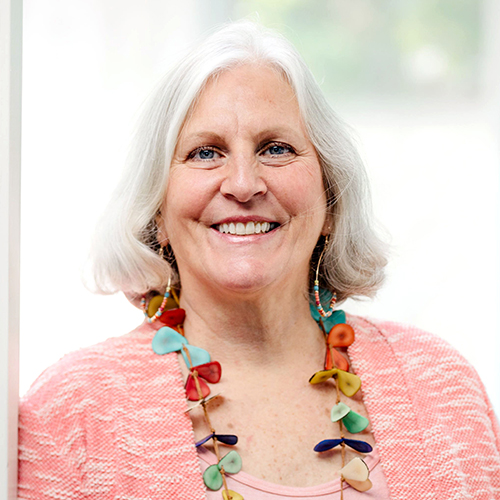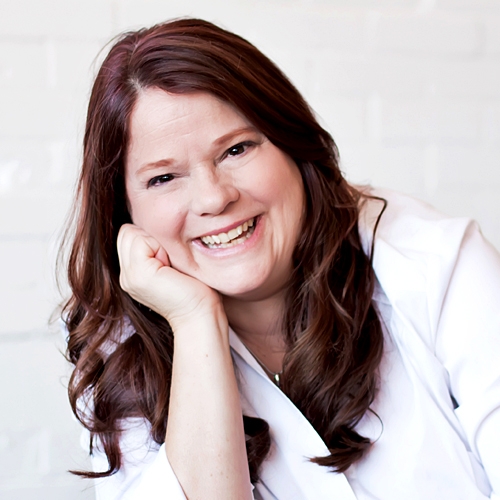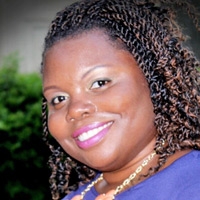 Feeding Devices and Tools Online Course(s) & Continuing Education
Feeding Devices and Tools Online Course(s) & Continuing Education
Access the latest clinical skills and research for Feeding Devices and Tools for Lactation & Breastfeeding professional training. These Feeding Devices and Tools online courses provide practice-changing skills and valuable perspectives from leading global experts. This Feeding Devices and Tools education has been accredited for a variety of CEUs / CERPs and can be accessed on-demand, at your own pace.
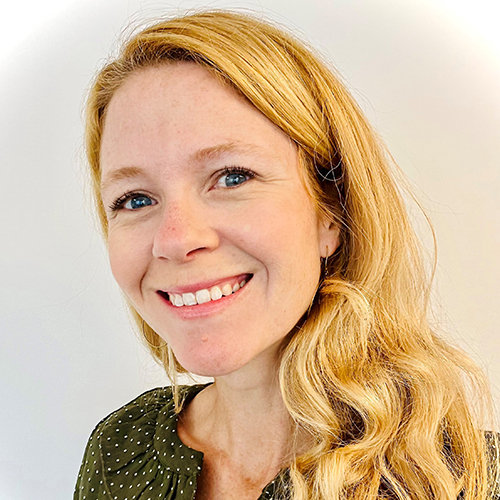
At-Breast Supplementation: Practical Tips for Using a Variety of Supplemental Feeding Tube Devices

Johanna Sargeant is an International Board Certified Lactation Consultant, teacher and writer based in Zurich, Switzerland. She is passionate about utilising her background in education, biological science, psychology and language to empower parents with empathetic support and evidence-based information through her private practice, Milk and Motherhood.
Originally from Australia, Johanna provides much-needed English-speaking support to many thousands of parents throughout Switzerland and across Europe, and has recently been writing new education modules for the European Society of Paediatric Research and the European Society of Neonatology. She has taught at the University of Zurich, has spoken as a panelist for the WHO's Baby Friendly Hospital Initiative congress in Geneva, has been an expert speaker and facilitator for Google, and has presented at a wide variety of international conferences. The complexities of her personal feeding experiences fuels her passion for providing knowledgeable, guilt-free infant feeding support globally.
Topic: Mastering Lactation Conversations: Creating Successful and Achievable Care Plans - [View Abstract]
Topic: Seeing the Bigger Picture: Finding Clues in Our Breastfeeding Clients' Surroundings - [View Abstract]
Topic: When Evidence and Empathy Aren't Enough: Changing Your Lactation Practice to Boost Client Success - [View Abstract]
Using an at-breast supplementer is often thought to be annoying, complicated and unsustainable -- but it doesn't have to be! While many lactation consultants are aware of the benefits of supplementing directly at the breast, many admit to feeling overwhelmed, and few actually use it with their clients. With this presentation, you will learn the specific benefits and barriers to this form of supplementation, view demonstrations of a variety of these devices, and learn some tips and tricks to make this at-breast supplementation feasible and sustainable for families. We all need to feel comfortable recommending and teaching the use of these tools, enabling us to foster the best overall health for the families we support.
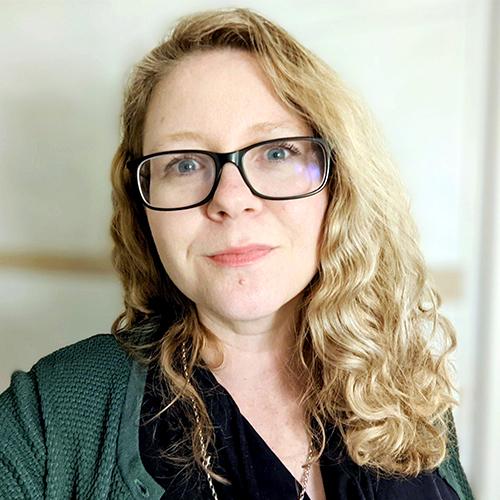
View Details / Enroll
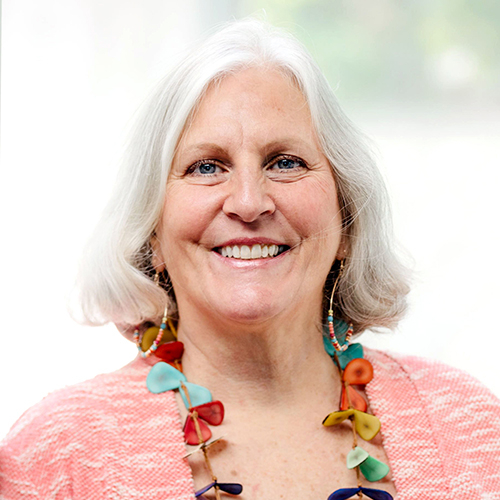
Finger Feeding: What Do We Know? What Should We Know?

Dr. Hazelbaker has been a therapist in private practice for over 30 years. She specializes in cross-disciplinary treatment and to that end has taken training in several modalities to best assist her clients. She is a certified Craniosacral Therapist, a Lymph Drainage Therapy practitioner, a Tummy Time™ Trainer, a Haller Method practitioner, A Pre and Perinatal Psychology Educator, a Lactation Therapist Diplomate, an International Board Certified Lactation Consultant and a fellow of the International Lactation Consultant Association.
She earned her Master’s Degree from Pacific Oaks College (Human Development specializing in Human Lactation) and her doctorate from The Union Institute and University (Psychology, specializing in Energetic and Transformational healing.)
People recognize her as an expert on infant sucking issues caused by various structural problems like torticollis, plagiocephaly, brachycephaly and tissue shock-trauma. She invented the Hazelbaker™ FingerFeeder and the Infant Breastfeeding CranioSacral Protocol™ to assist in the resolution of this type of infant sucking dysfunction.
Topic: Cranial Nerves: A Critical Component of the Process of Breastfeeding - [View Abstract]
Topic: Creating Flow: Using Lymphatic Drainage Therapy for Breastfeeding Issues - [View Abstract]
Topic: Finger Feeding: What Do We Know? What Should We Know? - [View Abstract]
Topic: Gamechangers: New studies that will change the way we think about tongue-tie - [View Abstract]
Topic: Infant Trauma: Impact on Breastfeeding - [View Abstract]
Topic: The Faux Tie: When is a "Tongue-tie" NOT a Tongue-tie? - [View Abstract]
Topic: The Impact of Bodywork on Infant Breastfeeding - [View Abstract]
Topic: What Does Torticollis Have to do with Breastfeeding? - [View Abstract]
Although an alternative feeding method, such as bottle, cup or finger feeding, represents a less than ideal way to feed infants, at times introducing one of these methods may ultimately save the breastfeeding relationship. In this session, Dr. Hazelbaker presents the research on and the theory of finger feeding. She then proposes areas for further research. She includes a sub-lecture on the physiology of finger feeding and compares finger feeding against bottle and cup from the physiological perspective. Participants come away with a new understanding of finger feeding, enabling them to make sound clinical decisions regarding a therapeutic choice when a baby must be fed away from the breast.
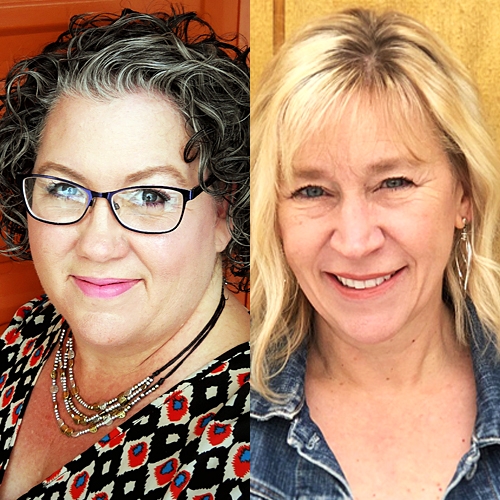

Amy Peterson, an International Board Certified Lactation Consultant, & Mindy Harmer, a Certified Lactation Counselor and Licensed Speech-Language Pathologist, are recognized breast and bottle-feeding speakers. Amy has worked in the field of lactation for the past 22 years focusing the most challenging cases. Mindy is the owner of a Speech-Language Occupational Therapy clinic that specializes in pediatrics. They have a passion for sharing their expertise and strive to give practical information for breastfeeding helpers and parents. For the past 13 years they have studied bottle features and how they impact a baby’s suck. Amy and Mindy’s early collaboration resulted in the publication of Balancing Breast and Bottle: Reaching Your Breastfeeding Goals, revised in 2019. They also have a series of tear-off sheets designed to assist breastfeeding helpers with bottle and pacifier use.
All too often, the breastfeeding helper finds herself in the uncharted territory of fielding artificial nipple questions and helping mothers select the best bottles for their breastfed babies. By broadening your artificial nipple knowledge and learning about bottle features you can minimize the negative impact of bottle use. Once you become familiar with bottle features and their impact on a baby’s suck, you can also use this knowledge to improve latching and sucking skills.
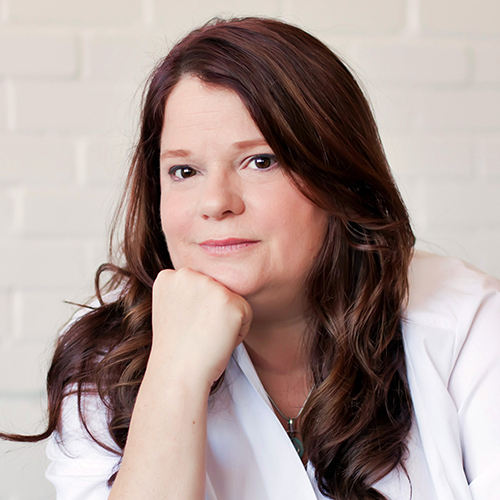

Barbara D. Robertson, IBCLC, has been involved in education for over 34 years. She received a Bachelor’s degree in Elementary Education in 1988 and her Master’s in Education in 1995. Barbara left teaching elementary students in 1995 to raise her two children. Barbara is now the Director of The Breastfeeding Center of Ann Arbor and of the brand new business LactaLearning.
The Breastfeeding Center of Ann Arbor will still continue to serve breast/chestfeeding families and now LactaLearning will be dedicated to all of Barbara’s professional lactation trainings. Barbara has developed two 95 hour professional lactation training, a group training and a completely self study training with Nancy Mohrbacher. Barbara’s idea of creating professional book groups has exploded with her hosting Making More Milk with Lisa Marasco, Supporting Sucking Skills with Cathy Watson Genna, Breastfeeding Answers, 2nd Edition with Nancy Mohrbacher, and new for the fall, Safe Infant Sleep with Dr. James McKenna. Barbara will be hosting a one day online conference in the fall with Lisa Marasco and Cathy Watson Genna using all of her tech savvy skills to make this a one of a kind experience. Barbara is also a speaker for hire on a wide variety of topics including Motivational Interviewing. Barbara volunteered for the United States Lactation Consultation Association as the Director of Professional Development for 4.5 years.
She just retired as Associate Editor for Clinical Lactation, a journal she helped create for USLCA. Barbara has free podcasts, a blog, and Youtube videos which can all be found on her websites lactalearning.com and bfcaa.com. She has written many articles as well. She loves working with parents and babies, helping them with breast/chestfeeding problems in whatever way she can.
Topic: Breastfeeding: Baby’s First Milestone - [View Abstract]
Topic: Clinical Assessment and Management of Low Milk Production - [View Abstract]
Topic: Deconstructing Online Messaging: Ethical Considerations - [View Abstract]
Topic: Milk Sharing and Milk Banking: Building Knowledge for Better Outcomes - [View Abstract]
Topic: The Baby's Not Gaining Weight! Now What? - [View Abstract]
Topic: The Great Nipple Shield Debate - [View Abstract]
Most IBCLCs interact with nipple shields in their work whether a family has brought one in that they are already using or they have suggested using this tool themselves. Are we using them too much or too little? When does it make sense to use this tool? Some lactation consultations say never and some give them out too often. In this session, a brief history of nipple shields will be presented along with the possible reason one might use a nipple shield. The pros and cons of nipple shield use in clinical settings will be debated. Finally, the latest research will be discussed to determine which clinical experiences are grounded in best practice.


Allison Tolman has experience as an LPN, CLC, Certified Birth Doula, Certified Childbirth Educator, and IBCLC. She has found a passion for breast pumps and now works exclusively with mothers who are combining breastfeeding and pumping while returning to work after maternity leave. She (along with an engineer) developed a device used to test breast pumps and has enjoyed sharing her data and findings with her online community and helping mothers choose and use the best breast pump for them. Her husband is active duty military in the US Army and together they have 3 little boys. They have lived all over the US and spent 3 wonderful years in Belgium. She is also pursuing a bachelors in Maternal Child Health: Human Lactation at Union Institute & University.
The overwhelming amount of breast pumps on the market and lack of evidence-based pumping research make it difficult for both parents and professionals to know how to choose and use breast pumps effectively. After conducting pilot testing on over 50 breast pumps with a custom designed Breast Pump Vacuum Monitoring System, we will use the graphs and data gathered to better understand the differences between pumps and which are most effective for specific pumping scenarios. We will dive into the science of breast pumps, the practical use of different types of pumps, and clinical aspects of counseling pumping parents.


Catherine Watson Genna BS, IBCLC is an International Board Certified Lactation Consultant in private practice in New York City. Certified in 1992, Catherine is particularly interested in helping moms and babies breastfeed when they have medical challenges and is an active clinical mentor. She speaks to healthcare professionals around the world on assisting breastfeeding babies with anatomical, genetic or neurological problems. Her presentations and her writing are enriched by her clinical photographs and videos. Catherine collaborates with Columbia University and Tel Aviv University Departments of Biomedical Engineering on research projects investigating the biomechanics of the lactating nipple and various aspects of sucking and swallowing in breastfeeding infants. She is the author of Selecting and Using Breastfeeding Tools: Improving Care and Outcomes (Praeclarus Press 2009) and Supporting Sucking Skills in Breastfeeding Infants (Jones and Bartlett Learning 2008, 2013, 2017) as well as professional journal articles and chapters in the Core Curriculum for Lactation Consultant Practice and Breastfeeding and Human Lactation. Catherine served as Associate Editor of the United States Lactation Consultant Association’s official journal Clinical Lactation for its first seven years.
Topic: Breastfeeding Strategies for Tongue-tied Infants - [View Abstract]
Topic: Critical Assessment of Apparent Tongue-Tie - [View Abstract]
Topic: Introduction to Cervical Auscultation - [View Abstract]
Topic: Lactation Support for Infant Biomedical Challenges - [View Abstract]
Topic: Organization of tongue movements before and after frenotomy for posterior tongue-tie: an Ultrasound analysis - [View Abstract]
Topic: Positioning and Latch for Breastfeeding - [View Abstract]
Topic: Ultrasound Analysis of Sucking: Tongue-Tie and Confounders - [View Abstract]
Topic: Using Breastfeeding Supplementers - [View Abstract]
This presentation reviews available commercial and clinician-assembled supplementer devices and their use during breastfeeding in a problem solving context. It includes special considerations for infants with oral clefts and cardiorespiratory conditions.



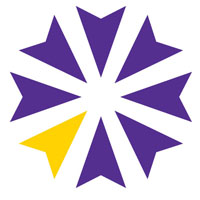


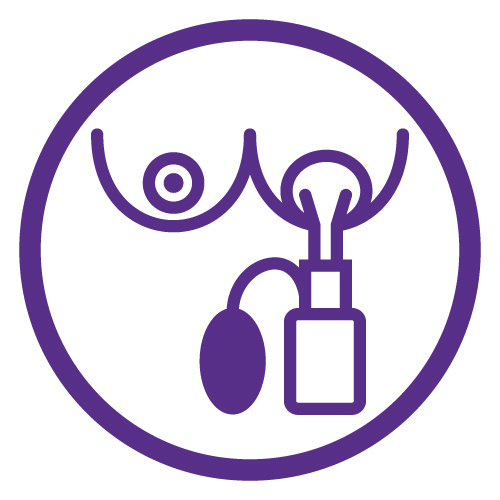
.jpg)
